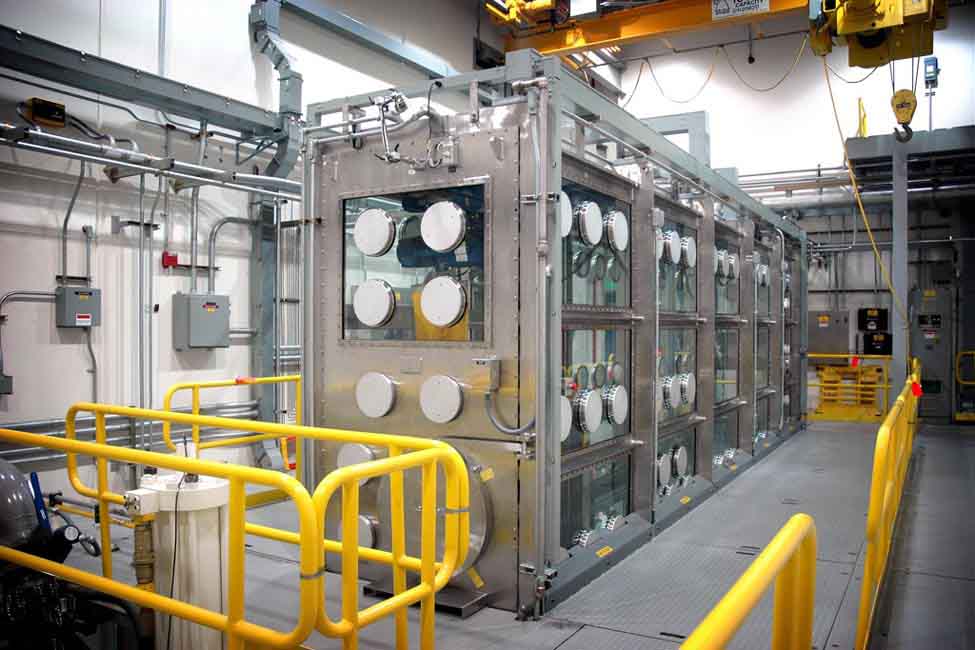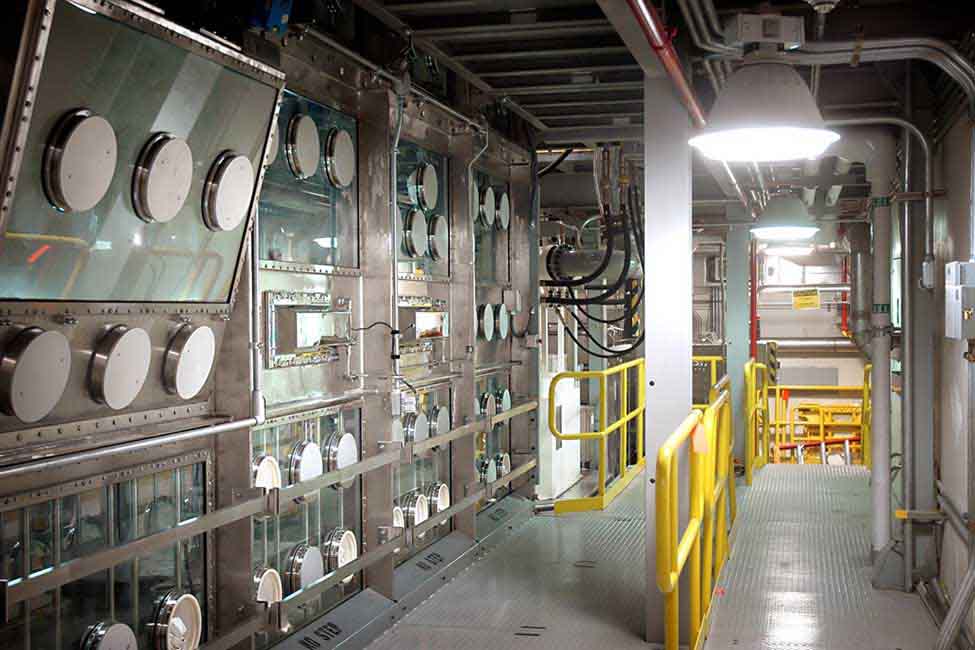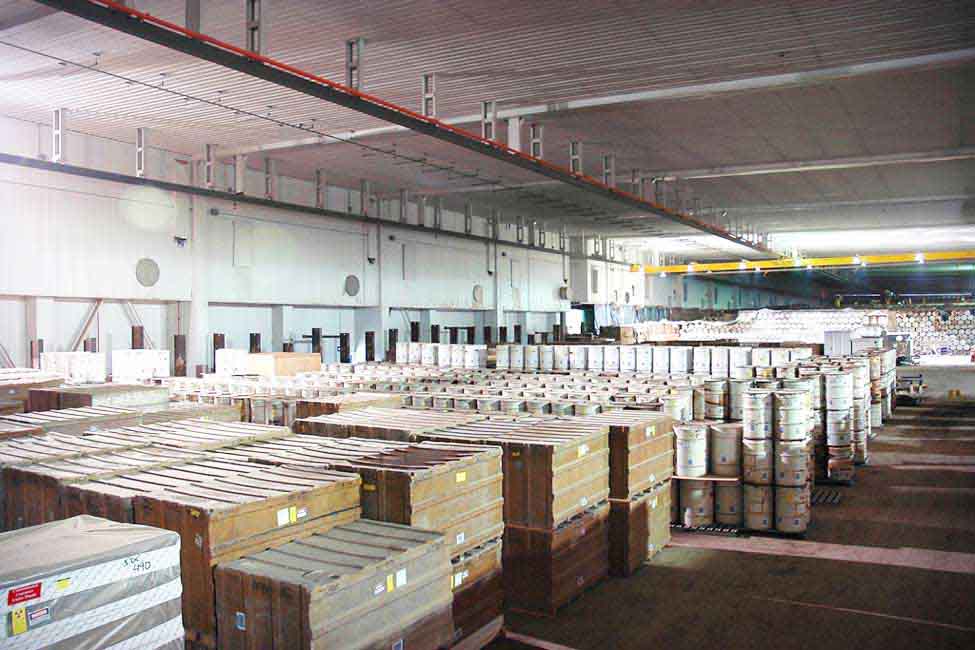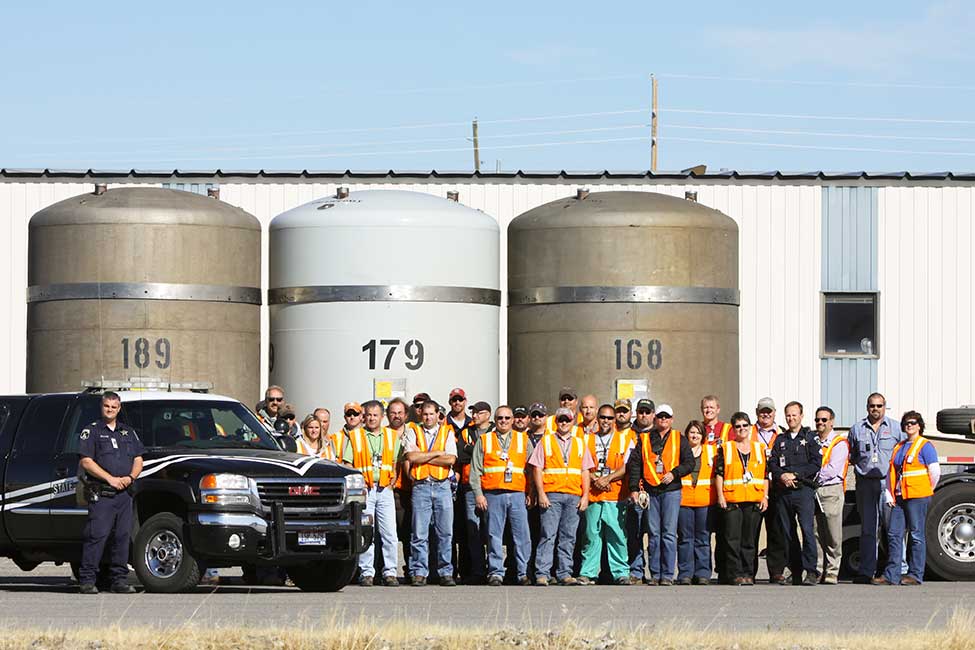During the 1970s and 1980s, radioactive waste was sent to Idaho during the 1970s and 1980s from the U.S. Department of Energy's Rocky Flats nuclear weapons plant near Denver, Colorado. The weapons were produced during the Cold War.
In the mid-1990s, with the Cold War over, the DOE committed to the citizens of Idaho to safely treat, package, and ship the 65,000 cubic meters of waste off for disposal --with the ultimate goal of protecting people and the environment.
This took place at the Advanced Mixed Waste Treatment Project.
Bechtel and partner BWX Technologies managed and operated the AMWTP—the DOE's most advanced radioactive waste treatment facility at the time—in Idaho Falls, Idaho, from 2005 to 2011. The facility retrieved, identified, treated, packaged, and shipped the "transuranic" waste (so named because it's contaminated with elements higher than uranium on the periodic table, mostly plutonium) for permanent storage.
Inside the project
The waste, stored in large boxes and drums, included industrial debris such as rags, work clothing, machine parts, and tools—as well as soil and sludge—contaminated with transuranic radioactive elements, primarily plutonium. Most of the waste also was contaminated with hazardous chemicals.
The centerpiece of the AMWTP was a large, hydraulic supercompactor that could compress 55-gallon drums of waste down to a 5-inch puck. This saved space at the national repository for transuranic waste in New Mexico, and drastically reduced the number of truck trips needed to ship the waste.
Partnering with DOE and the Idaho-based workforce, the Bechtel-led team:
- retrieved 58,000 cubic meters of waste, more than 90 percent of the original amount
- treated and shipped 36,000 cubic meters -- more radioactive waste during the course of the project than any other site in the DOE complex—and did it nearly three years ahead of schedule.
- completed the work without a single lost-time injury
- won a 2011 EStar Environmental Sustainability award from the DOE—one of three it won that year.





